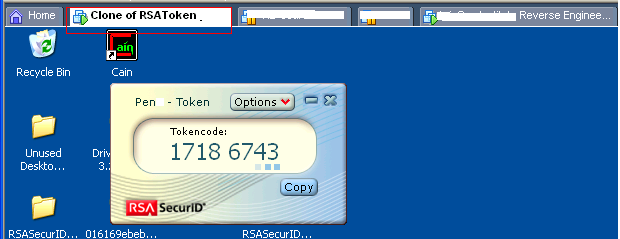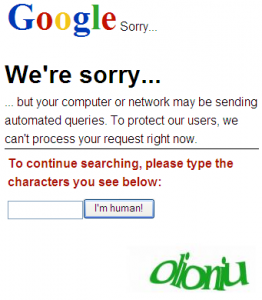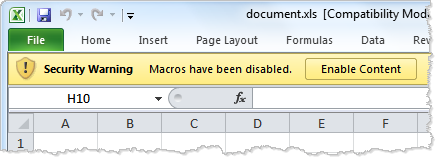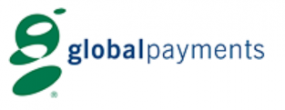What exactly is "cloud computing"?
An ambiguous phrase indeed, it has become a catch-all label for a variety of IT trends including mobility, web apps, big data, online collaboration, and so on. For the most part however, "Next Generation IT" approaches cloud computing by breaking it down into three primary categories: cloud, mobile, and data.
Nevertheless, there is no catch-all solution for securing all your systems, processes, and assets when it comes to cloud computing, and similarly, while everything related to cloud computing can pretty much fit into one of these three general categories, the topic of adequate security within each category isn’t so general. The specifics of each technology in use must go into consideration when it comes to defining security standards and practices.
In any case, in order to understand your credit union's security needs for cloud computing, you must first understand the technology you use.
Get more insight into the future of IT.





















